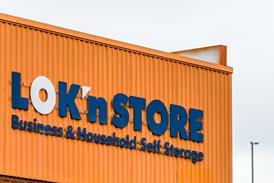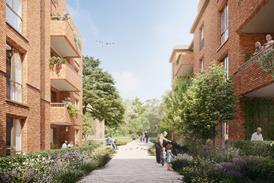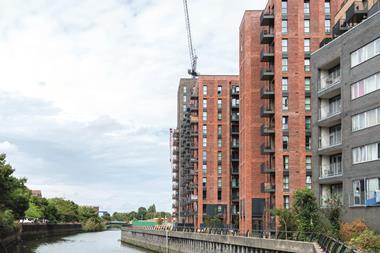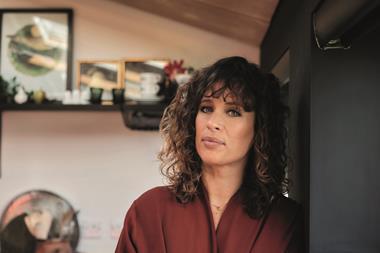The inclusion of outdoor space in commercial schemes has always played an important role in balancing the built form and the natural, providing space for movement around buildings as well as a place simply to sit and be.

Due to Covid-19, the importance of outdoor space has never been more apparent in our everyday lives, and the reasons are multi-faceted: room for social distancing; a place to be still and quiet in these challenging times; and somewhere to be as close to nature as possible during office hours.
Since the introduction of social-distancing measures, we have found an increased requirement for the development of outdoor space on our commercial schemes; and with distancing measures now a way of life, as designers, we are now considering wider walkways, spaced seating and more landscaped areas than before.
Where space is limited, such as in tall buildings and mixed-use developments in urban environments, roof gardens are becoming more popular with developers. These spaces also contribute to the townscape and city skyline. Everyone should have access to open space – designed or natural – and in a Covid-19 world, we should look carefully at what the provisions are on all commercial developments. In terms of the design of outdoor space, we should be asking ‘what’s the best we can offer users?’ rather than having to use often very limited space around the footprint of a building.
There will always be challenges around physically enabling people to access outside space when they are at work or at a retail or leisure amenity, but it is not only the ability to be physically in the space that is important.
The value of being able to look out across connected green spaces – such as incidental pockets of vegetation, green roofs and urban wildlife corridors – is key to maintaining our mental health, as we do with our physical health.
Sara Boland is managing director of Influence Environmental






























No comments yet